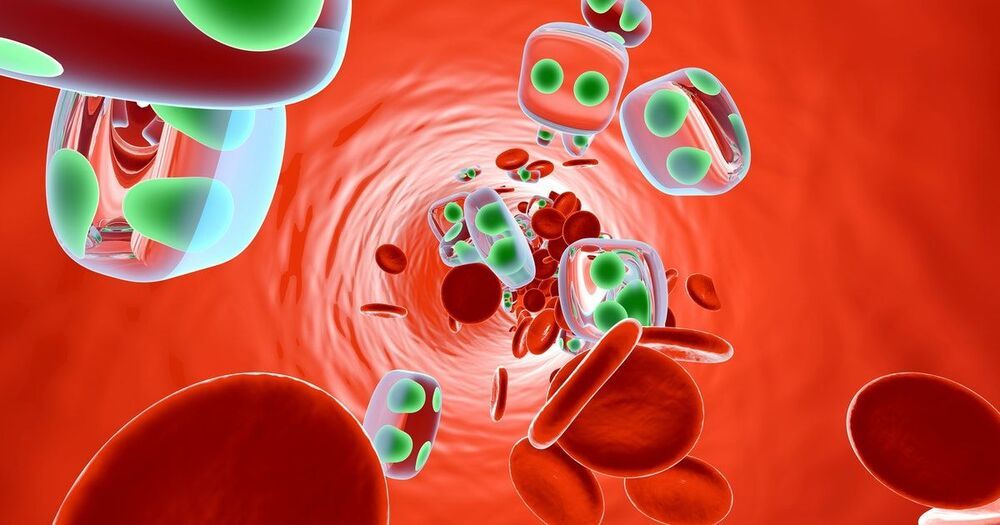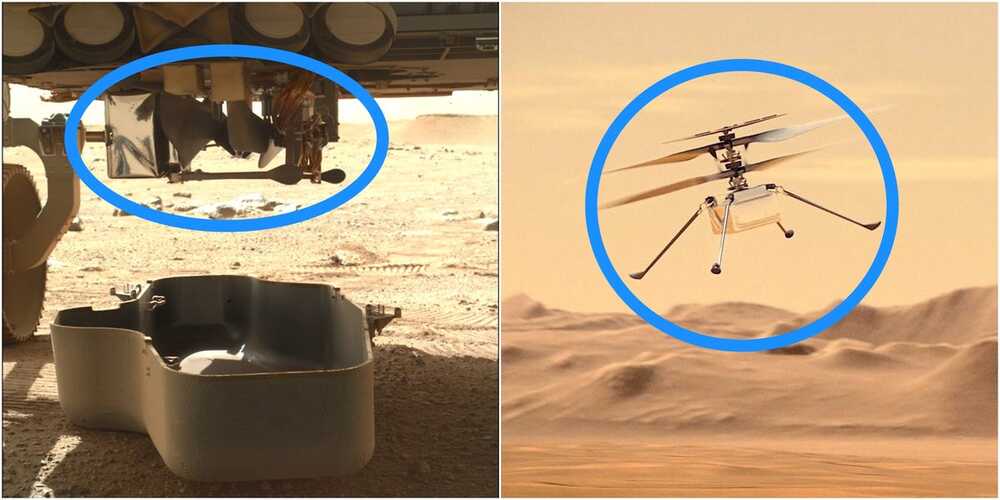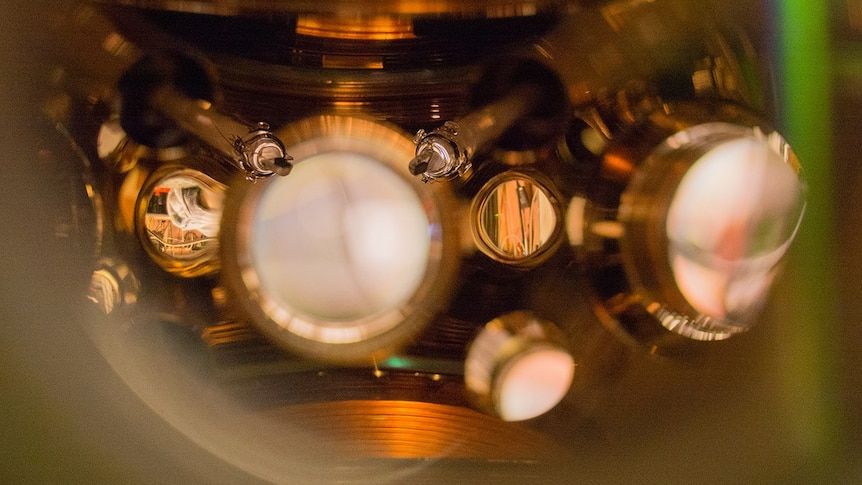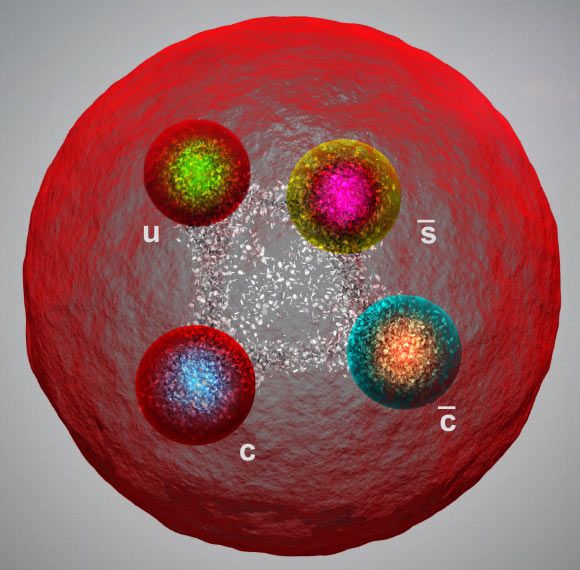Antiaging expert Aubrey de Grey says there is a 50% chance that we reach longevity escape velocity by 2035.
I now think there is a 50% chance that we will reach longevity escape velocity by 2036. After that point (the “Methuselarity”), those who regularly receive the latest rejuvenation therapies will never suffer from age-related ill-health at any age.
— Aubrey de Grey (@aubreydegrey) March 142021




